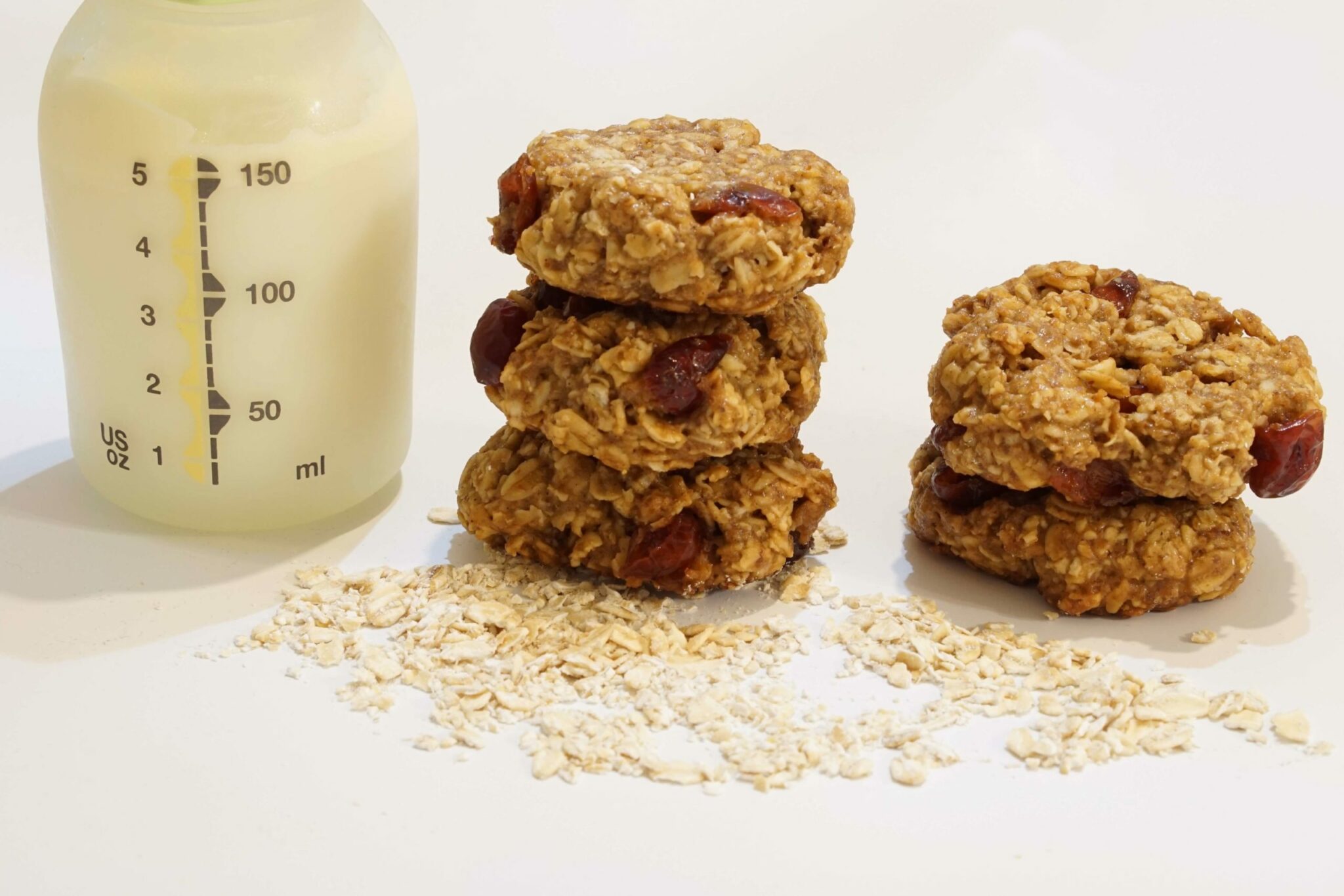10 Cool Things Found in Breast Milk
You know that most childcare experts, including the American Academy of Pediatrics, recommend breastfeeding exclusively for the first six months of life whenever possible. But what’s so special about breast milk anyway?
Lots of living cells—Breast milk is also known as “white blood” because it is a living substance that contains enzymes, antibodies, and white blood cells (the cells that fight infection). These factors help newborns develop their immune system, mature their gut, and fight off infections.
Beta-carotene—Colostrum, or the milk secreted the first few days after birth, is usually more yellow in color because of the high levels of beta-carotene.
Secretory IgA—This major antibody crosses the placenta from mother to baby during pregnancy. It also plays a huge role in fighting bad bacteria along the digestive tract (such as E. coli and Salmonella), but after birth, babies are deficient. Secretory IgA is present in breast milk and gives passive immunity until the baby is old enough to produce his or her own.
Lactoferrin—Lactoferrin is a protein found in human breast milk that prevents E. coli from sticking to human cells, and in doing so protects against diarrhea. Lactoferrin also helps human cells absorb iron. Bugs like E.coli need this iron, so this is another way it protects against infection!
Natural sugars—Oligosaccharides (of which there are about 130 types) are sugars in breast milk that prevent certain kinds of disease-causing bacteria from sticking to and infecting the cells of the gastrointestinal tract. Formula companies are starting to add these to artificial milk, but they are nowhere close to the variability and number found in breast milk.
Hormones—Cholecystokinin (CCK) is a hormone found in breast milk that produces a sleepy feeling, helping breastfed infants to soothe and settle more quickly after feeding.
Variable amounts of the good stuff—Preterm breast milk has higher levels of antibodies, fat, protein, and some vitamins and minerals, which is so important in these fragile babies. How cool is it that our bodies are able to adjust to make the perfect food depending on how old our babies are?
Water—This may be a no-brainer, but breast milk is largely water (in fact, 87 percent of it is). This is an important reminder that breastfed infants who are nursing adequately do not need additional water to stay hydrated, even in the middle of the dessert!
Iron—The overall amount of iron in breast milk is low, but it is more usable than that found in cow’s milk formula. This is because the vitamin C, lactose, and lactoferrin found in breast milk make iron absorption much easier. Therefore, most breastfed infants do not need additional iron supplementation unless they are found to be anemic.
Long-chain polyunsaturated fatty acids—In other words, good fatty acids like DHA, which is associated with better vision and cognitive ability.
Sources:
- J
- Riordan and K
- Wambach
- Breastfeeding and Human Lactation, 4th edition.
RA Lawrence and RM Lawrence - Breastfeeding: A Guide for the Medical Profession
- 7th edition.
Powered by Bundoo®










































